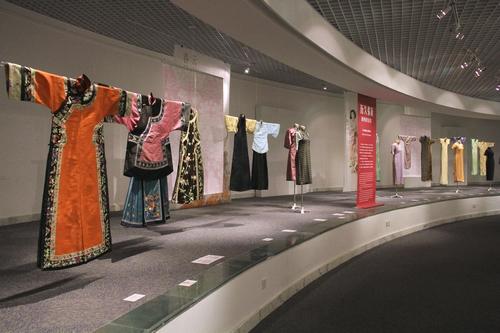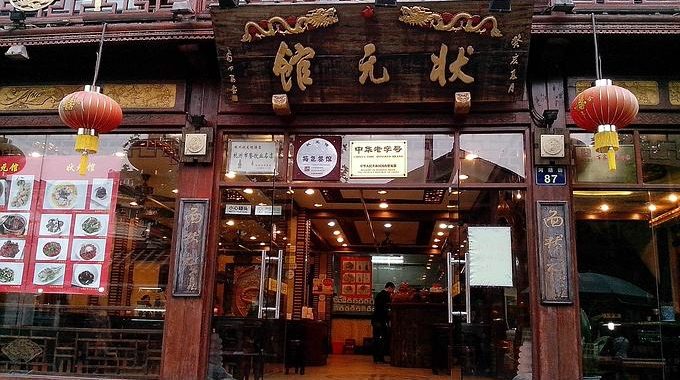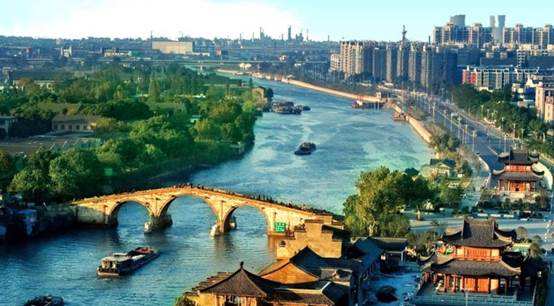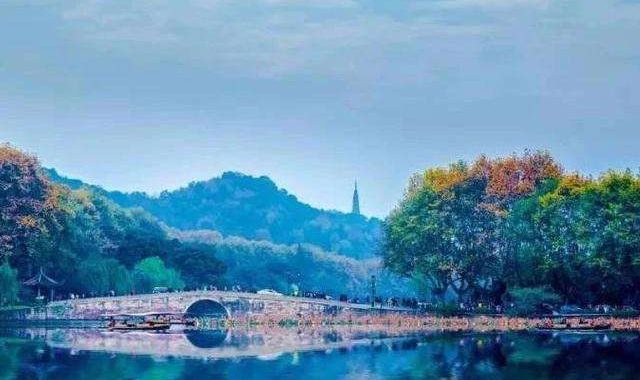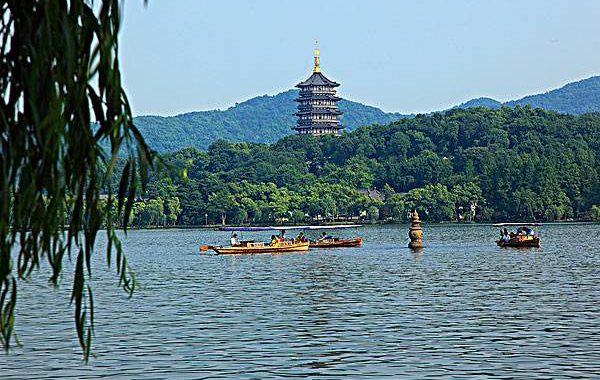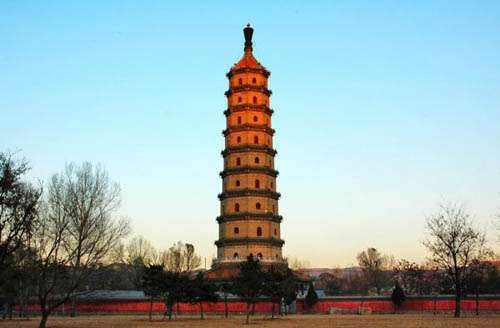Rise of the City on the Lake
3 min readWest Lake’s fate rose sharply during the Sui Dynasty(581-618)when the city experienced serious imperial taxation due to being designated the southernmost terminus of the Grand Canal.
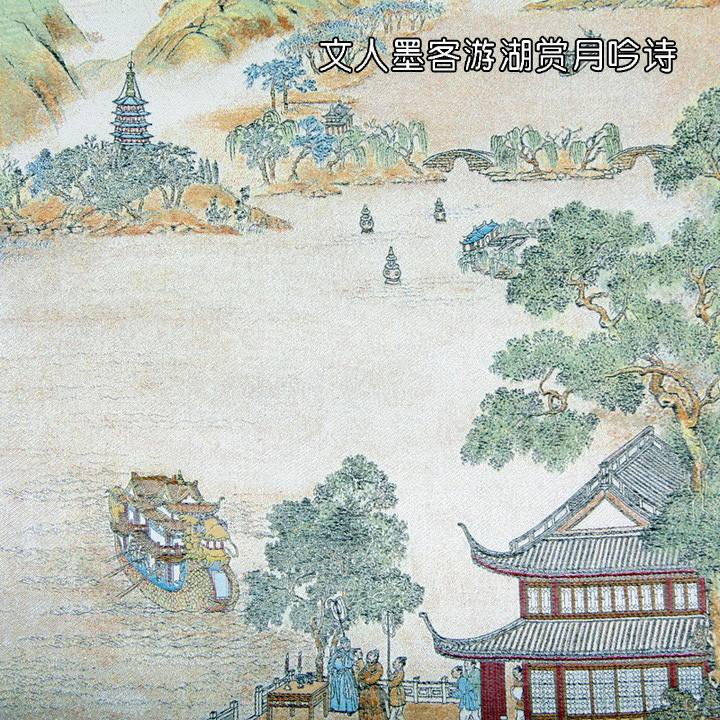
The Grand Canal connected the east-west running Yangtze and Yellow rivers througha north-south axis along with three other major water systems,together creating a powerful commercial and cultural artery that transformed Chinese,Asian,and world history.
Hangzhou didn’t just benefit from its link-up with Beijing in the north and the Silk Road capital of Chang’an;southern rivers made Hangzhou a central spoke for Chineseinternal trade and communication.Through networks of rivers and lakes,Hangzhou was connected to the interior of southern China down to the Pearl River and into the South China Sea.
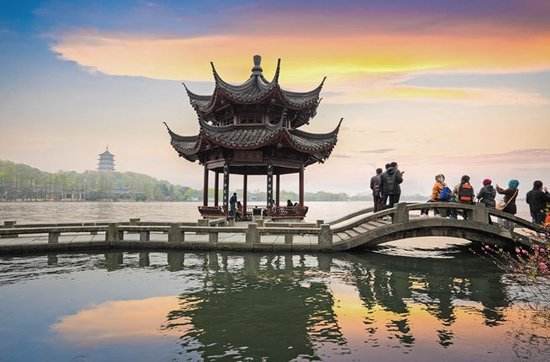
After the Sui fell due to their brutality,early policies of the Tang(618-907)saw Hangzhou reap the benefits of Asian trade from Vietnam to Korea and from Japan to Central Asia.In 628,Emperor Taizong of Tang,the second emperor of the Tang,began instituting three key policies of prosperity:the equal-field system,imperial merit exams,and maintenance of communication and transportation infrastructure.The Tang benefited from fast-ripening rice,so two crops could be sown in a year.Combined with the equal-field system for more equitable land distribution,the new strains of rice gave rise to massive crops in southern China which flowed through Hangzhou to millions of northern mouths,along with other southern goods like silk and pottery.Some estimates put the Tang Dynasty at 50 million people in the eighth and ninth centuries.
Two key governors of the Hangzhou Tang further enhanced the city’s prosperity during these centuries of abundance.One was named LiBai,appointed in 781.Under his watch,clay and bamboo-pipe irrigation systems siphoned water out of West Lake,then at over ten square kilometers,allowing the thirsty city to further flourish.The only remaining relic of his six wells is Xiangguo Well on Jiefang Road two blocks from the southeastern shore of West Lake.
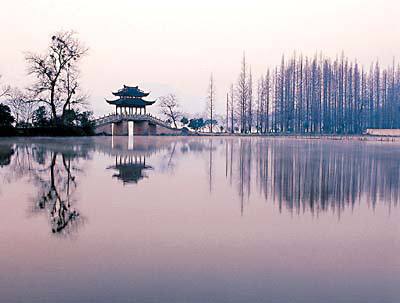
Between 822 and 824,the celebrated poet and administrator Bai Juyi governed Hangzhou,an age in which the West Lake was dangerously desiccated by both drought and flooding.By the time Bai arrived,the local dike was broken and fields fellfallow from lack of water.He ordered a sturdier and taller dike to be erected with a dam to control the water flow.Thanks to Bai,the farms became ripe with crops once again and the city blossomed.Many mistake the Bai Causeway on the north of the lake linking the Gushan Hill and northeast shore as one of Bai Juyi’s civic projects,but it was already there in Bai’s time sporting a different name,“White Sand Causeway”,or “Baisha Causeway”.It was,however,one of Bai’s favorite places on the lake as described in one of his poems:”I so love the east of the lake that I cannot come often enough,to walk on the White Sand Causeway in the shade of green poplars.”In honor of Bai Juyi,the causeway’s name was later changed to“Bai Causeway”.
When Bai left Hangzhou,West Lake found itself at its historical apex.Its western and southern shores flowed all the way to the foot of West Hill,and the Wulin Gate area defined its northeastern banks.Increased sedimentation saw water levels rise,and pilgrims could easily reach the hills for easy ascents to shrines and temples.



